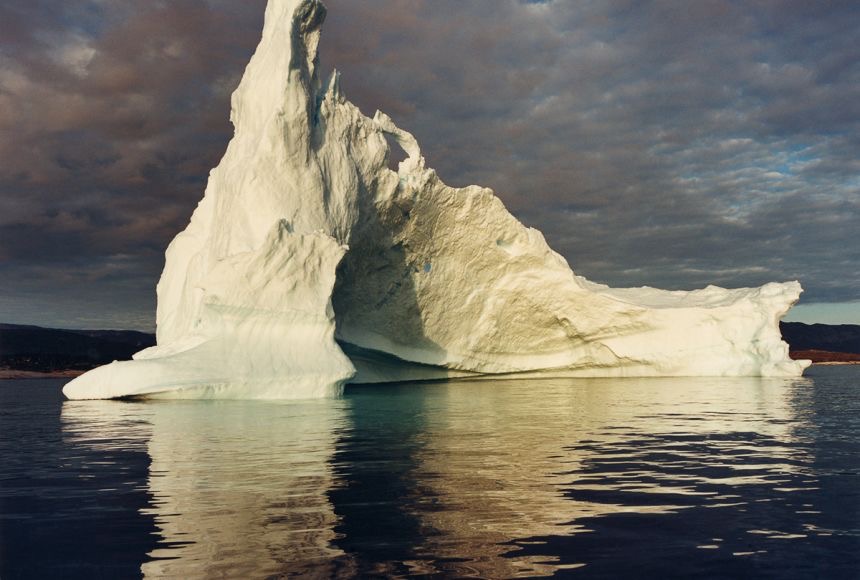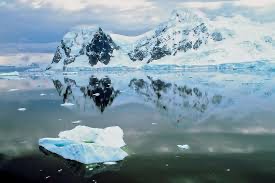The Polar Regions, encompassing the Arctic in the north and Antarctica in the south, represent some of the most extreme environments on Earth. Despite their harsh climates and isolation, these icy realms are critical to the planet’s ecosystems, climate regulation, and biodiversity. From vast ice sheets to unique wildlife, the Polar Regions offer a glimpse into the resilience of nature and the delicate balance of our global environment.
The Arctic: A Land of Ice and Life

The Arctic is the region around the North Pole, consisting of vast ice-covered oceans, tundra, and sparsely populated islands. Unlike Antarctica, the Arctic is inhabited by indigenous communities who have adapted to its frigid conditions for thousands of years. The Arctic is home to unique wildlife, including polar bears, Arctic foxes, walruses, and whales. These animals have developed remarkable adaptations to survive the cold, long winters and short summers of the region.
Beyond its natural beauty, the Arctic plays a crucial role in regulating the Earth’s climate. The sea ice reflects sunlight, helping to cool the planet. However, the Arctic is warming at twice the global average, causing the ice to melt at an alarming rate. This loss of ice not only threatens the local wildlife but also contributes to rising sea levels, affecting coastlines around the world.
Antarctica: The Frozen Continent

Antarctica is the Earth’s southernmost continent, almost entirely covered by ice, and is the coldest place on the planet. Unlike the Arctic, Antarctica has no permanent human inhabitants, aside from research scientists who live there temporarily. The continent’s towering ice sheets contain about 70% of the world’s freshwater, making it a key player in global sea levels and climate patterns.
Despite its seemingly desolate environment, Antarctica supports a surprising array of life. Penguins, seals, and whales thrive in its frigid waters, while hardy microorganisms and mosses cling to life on land. The harsh climate creates a fragile ecosystem that depends on the stability of the ice and sea. As climate change accelerates, Antarctica’s ice sheets are melting faster, raising concerns about their impact on global sea levels.
The Role of the Polar Regions in Climate Regulation
Both the Arctic and Antarctica play vital roles in regulating the Earth’s climate. Their ice sheets and glaciers reflect sunlight, helping to cool the planet. As these regions warm and ice melts, the Earth’s climate is disrupted. Melting ice contributes to rising sea levels, threatening coastal communities worldwide. Additionally, the thawing of permafrost in the Arctic releases stored carbon, accelerating global warming.
The Polar Regions also influence ocean currents. Cold, dense water from the polar areas sinks and drives ocean circulation, which distributes heat around the globe. Changes in these currents could have significant impacts on weather patterns and ecosystems far beyond the poles.
The Impact of Climate Change
The Polar Regions are experiencing some of the most dramatic effects of climate change. The Arctic is warming at twice the rate of the rest of the planet, leading to the rapid retreat of sea ice. In Antarctica, ice shelves are thinning, and glaciers are retreating at unprecedented rates. This loss of ice not only threatens wildlife and ecosystems but also contributes to global sea-level rise, posing risks to coastal cities and communities worldwide.
Increased human activity, including shipping and resource exploration, is also putting pressure on these fragile environments. As the ice melts, new shipping routes and access to natural resources like oil and gas are opening up, raising concerns about the potential for environmental damage in these pristine areas.
Protecting the Polar Regions
Efforts to protect the Polar Regions are underway, but more needs to be done. In the Arctic, indigenous communities are fighting to preserve their way of life while advocating for environmental conservation. In Antarctica, international agreements like the Antarctic Treaty help to protect the continent from resource exploitation and promote scientific research. However, addressing the root cause of the changes—global warming—requires a concerted effort from the global community to reduce greenhouse gas emissions and protect these vital ecosystems.
The Polar Regions are among the most extraordinary and vulnerable places on Earth. Their icy landscapes, unique wildlife, and role in regulating the planet’s climate make them essential to the health of the entire globe. As we continue to face the impacts of climate change, the fate of the Polar Regions will not only shape their future but also the future of life on Earth. Protecting these frozen frontiers is crucial to ensuring the stability of our planet for generations to come.
Pingback: Cataracts: Shedding Light on Cloudy Vision - SimplExplainer